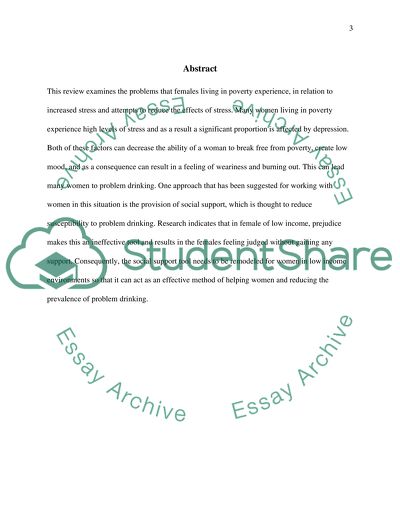Cite this document
(“Problem drinking, Social support, Stress and among women in poverty Research Paper”, n.d.)
Retrieved from https://studentshare.org/health-sciences-medicine/1397020-problem-drinking-social-support-stress-and-among
Retrieved from https://studentshare.org/health-sciences-medicine/1397020-problem-drinking-social-support-stress-and-among
(Problem Drinking, Social Support, Stress and Among Women in Poverty Research Paper)
https://studentshare.org/health-sciences-medicine/1397020-problem-drinking-social-support-stress-and-among.
https://studentshare.org/health-sciences-medicine/1397020-problem-drinking-social-support-stress-and-among.
“Problem Drinking, Social Support, Stress and Among Women in Poverty Research Paper”, n.d. https://studentshare.org/health-sciences-medicine/1397020-problem-drinking-social-support-stress-and-among.


